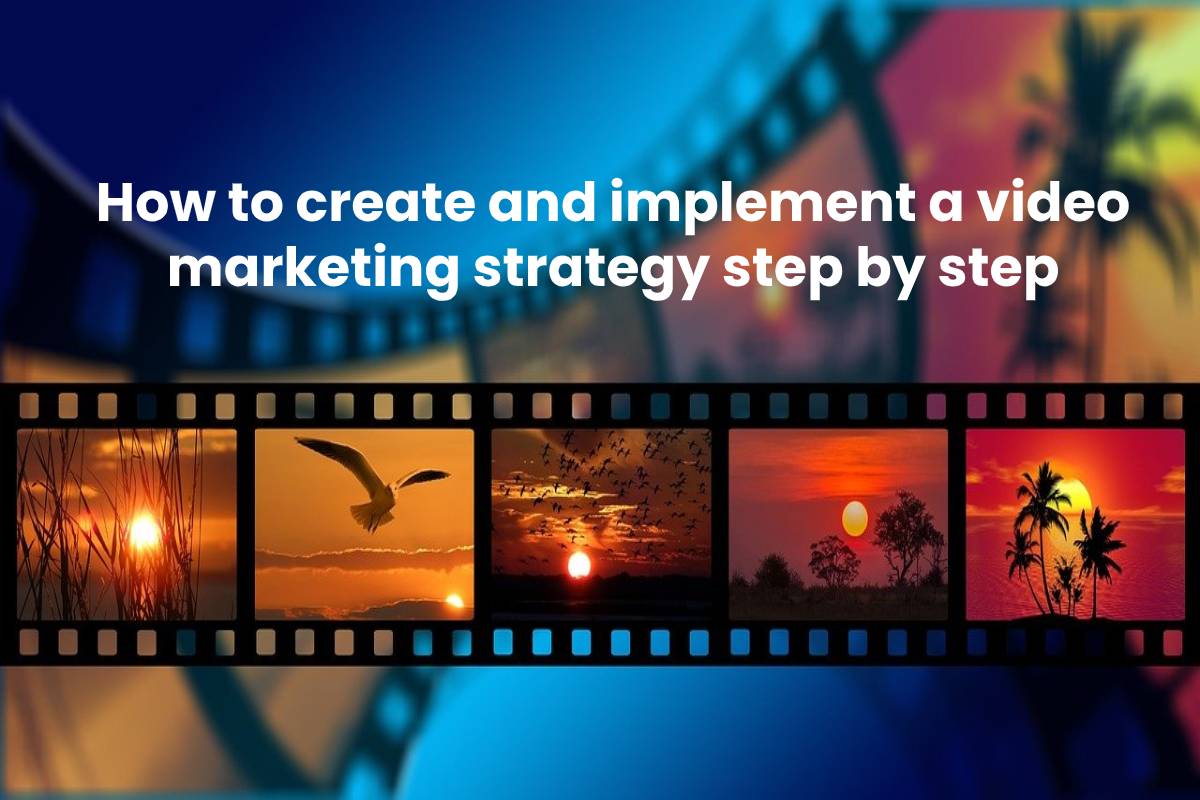Table of Contents
Video Marketing Strategy
A video marketing strategy must make the user feel that watching a video is like looking through a magic window.
This phrase tells us about the enormous power of video because if we think about it, that mixture of images and sounds on the screen is the closest we have to experiencing other realities, even from our mobile.
It doesn’t matter if it’s looking for new recipes or just having fun.
What is a video marketing strategy?
If something has been constant in recent years, it is the growth of video consumption on the internet.
A video marketing strategy is the set of actions planned to get from point A (current situation) to point B (desired position or objectives) using audiovisual language in different digital channels as tools to achieve our goals.
It is an essential part of our content strategy and, in general, of the marketing and communication strategy.
Advantages of including video in my content strategy
Currently, about 80% of the content consumed on the internet is video.
It is no accident. Some of the advantages that audiovisual language offers to brands (business and personal) are:
Easy to consume. It is easier and more fun to watch a video than to consume only text.
Increase engagement. It is a format that awakens emotions and connects with people.
Build trust. We trust more in what we can see and hear.
It favors SEO. For example, it is increasing the rate of stay on a website.
Facilitates the sale. It helps to show the products and services in a more graphic, subtle, and fun way. For example, in this Volkswagen commercial:
It humanizes the brand. Let us put a face on our company and tell stories.
Provides value. We can use it to provide relevant information (such as FAQs) or educate (such as tutorials)
Increase visibility. Videos are more likely to go viral than other types of content.
It is beneficial to consider a video marketing strategy.
Design of the video marketing strategy
This strategy adds value to a comprehensive content plan.
Some of the tasks that we need to carry out, such as defining the buyer persona, are common in creating all content.
In the design stage of the video marketing strategy, we will follow these steps:
- Buyer person.
- Goals.
- Budget.
- Topics.
- Types of video.
- Platforms.
- Tools
- Action plan.
Also Read: Should You Use a Smartwatch When You Travel?
1.- Define the buyer persona
Creating the avatar or profile of our ideal client is the starting point in any marketing and communication plan, and in our video marketing strategy, it is also.
To generate engagement, we need to know who all watches our audiovisual.
2.- Set objectives
What do we want to achieve with them?
We could aspire to an increase in engagement or attract more leads; however, we must set our objectives to be SMART (intelligent).
This word is an acronym that means (for its acronym in English):
Specific (specific): to meet the objectives set, these must be specific.
Measurable (measurable): we will know if we have met or not as long as our objectives can get measured.
Achievable (achievable): forget goals that are so ambitious that we cannot achieve.
Relevant for the brand (relevant): each objective must align with the essence of the company.
Delimited in time (time-bound): setting a deadline to meet our objectives helps us not procrastinate.
We must set goals that we can meet with the resources available.
3.- Define the available resources
The production of this type of content consumes more resources than the creation of texts and audios.
Knowing what we have allows us to design a video marketing plan according to our possibilities.



